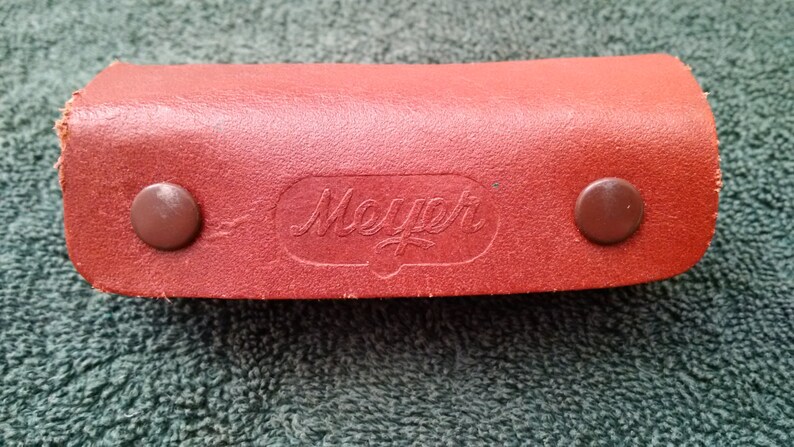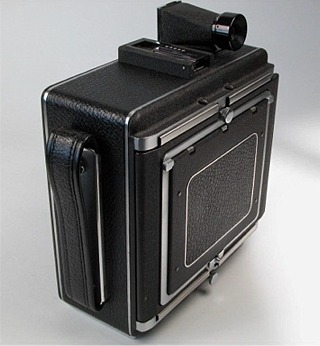


Removing it requires removing the actuating arm from the shaft and removing the four screws holding the rangefinder body to the camera. They shouldīe cleaned with a suitable degreasing solvent like lighter fluid (Ronsonol) and The cover plate on the camera side is held in place by a single center There is a torsion spring associated with the actuating arm, be careful no to loose it and note its position.

The mirrors can be accessed for cleaning by removing the windows. This is a Hugo Meyers pocket range finder. With two small screws, one at the top and one at the bottom. This is used to help focus a camera or lens that does not have ability to give you focus. Set the eccentric on the camera bed, on which the actuating lever rides.Focus the lens manually on a target at least one half mile away and set the infinity stops at this position.Generally Speed Graphics are set up with the lens infinity stops set with the bed extended about 1/16 inch from it maximum rearward position.įirst check the infinity setting for the lens.To set up the rangefinder, use the follwoing procedure: This does not have accessory shoe foot for attachment to camera. Set the camera up 36 inches from film plane to focusing target.To its maximum forward setting, the slot will be horizontal. Using a target similar to the one used for Kalart rangefinders with a separate target for taking lens and rangefinder. The cross lines for the rangefinder are drawn at the same distance from the lens target as the rangefinder upper window is from the lens. Hold the actuating lever against the cam and tighten the lock screws.Focus the camera carefully on the target and tighten the focus lock.This is to avoid parallax which can make adjustment impossible. There are three adjustments on the rangefinder.To remove the screws, just loosen them and the label will swing away There is a lateral coincidence adjustment on the side of the Through which the adjustments can be reached. With the camera set at 36 inches adjust the lower adjustment for.The camera on a target at infinity and adjust the upper screw for Two adjustments until there is no further change. Check in middle distances for coincidence.Check the lateral adjustment at infinity before doing the rest of the.The procedure automatically adjusts the rangefinder for the focal lengthīrought to you by Speed Graphic FAQ.Ok, I burned four frames, all of which came out reasonably well. This is the first one that I have scanned attached below. This is the same reason for the 2x3 and 9x12cm.

I built my own 6x9 carrier, which vignettes a bit with my 75mm lens, but does work enough for me. I'm not buying another lens for this enlarger. Hugo Meyer & Co, Görlitz 5cm f:1.5 Kino Plasmat (rare) 5cm f:1.9 Primoplan, chrome (see this page at Syarakuse) 10.5cm f:2.8 Trioplan (rare) Nikon Nikon also made some of their rangefinder lenses in Contax mount. Once I have the bucks, I'll replace the whole outfit. 9x12cm and 4x5 (which are almost the same size) will print as contacts plenty big enough for me. Each model Hugo Meyer rangefinders were made for 1 focal length only. Once I got this scanner, I've been mostly scanning rather than printing. The focal length it is made for should be stamped on the back of the RF along with the model number. They should have enough adjustment latitude to cover the focal length tolerance range of lens from the era in which they were made. The Hugo Meyer rangefinder is a "one lens rangefinder." As far as I know there is no adjusting them. "Hugo Meyer rangefinder = pretty useless." I've had pretty good luck with stuff like this. I bought a Nikon FTN at a swap meet without ever checking the meter. Reason, "Everyone knows they aren't still working." What a surprise when I discovered that not only did it work, it was accurate too. This rangefinder which has just as bad reputation seems to be dead on the money. Perhaps I should knock on wood? Photo, the back side of "Cliveden." This was the Chew estate, the battle of Germantown was fought on these grounds.


 0 kommentar(er)
0 kommentar(er)
